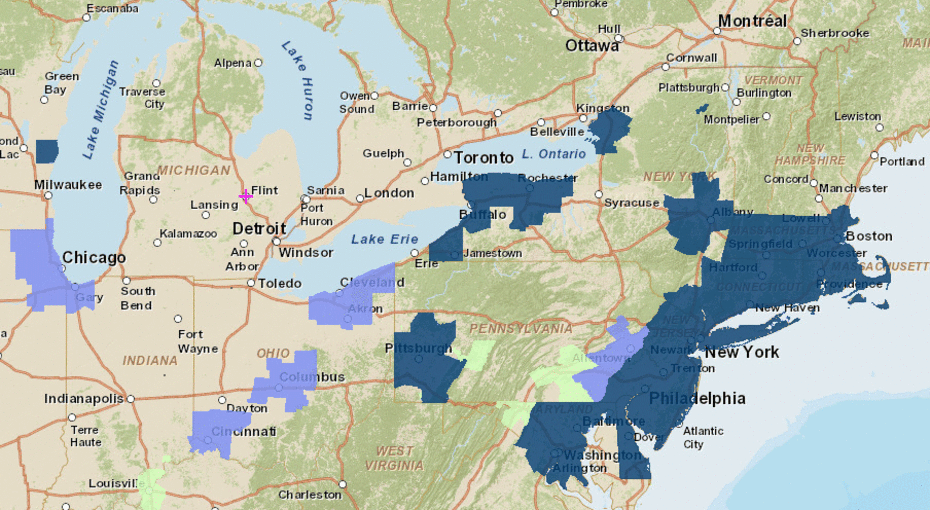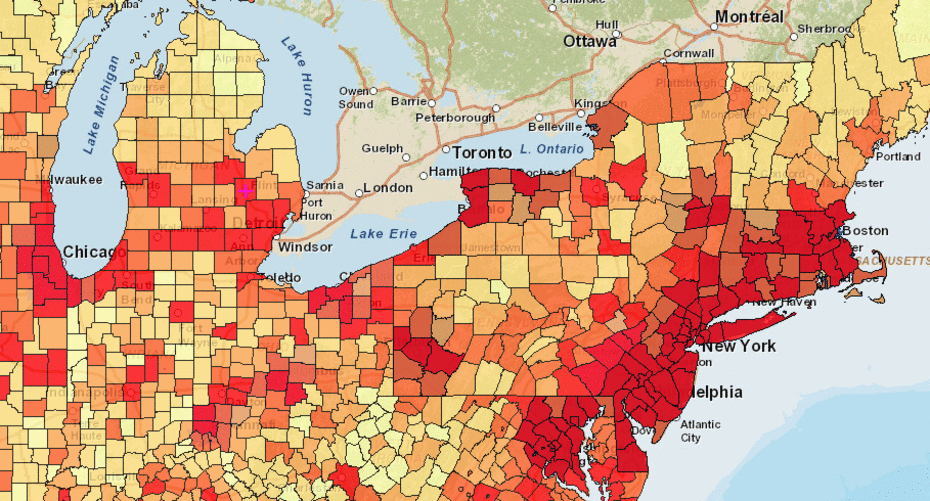ENVIRONMENTAL JUSTICE IN 10 SECONDS
A disproportionate share of toxic waste sites, coal-burning power plants, and other pollution sources are located near minority and low-income communities. Environmental justice, or EJ, is a movement to address this long-standing imbalance.
ENVIRONMENTAL JUSTICE IN ONE MINUTE
Questions about pollution typically begin with what, where, or how much. Environmental justice shifts the focus to who. Pollution harms poor communities, people of color, and indigenous groups disproportionately.
The basic statistics are beyond dispute. The lower the median income in a neighborhood, the dirtier the air. Studies show that African Americans and low-income Americans are more likely to live near hazardous waste sites. Chemical plants located near African-American communities cause more spills than those in predominantly white areas. Native Americans occupy their own special category, with everyone from nuclear mining companies to chemical manufacturers using reservations as dumping sites. The academic literature is filled with these correlations.
For all the progress the environmental movement has made, it has not yet produced equality. One of the latest examples of environmental injustice can currently be found in Flint, Michigan, where a largely African-American community was exposed to lead-contaminated drinking water for months before the government took any action to address the problem.


ENVIRONMENTAL JUSTICE IN FIVE MINUTES
EJ advocates refer to their movement as “Environmentalism 3.0.” The first phase of environmentalism, starting in the early 1970s, was getting conservation laws (the Clean Air Act, the Clean Water Act, the Endangered Species Act) in place. During Environmentalism 2.0, groups like the Natural Resources Defense Council took polluters and the government to court to enforce the new laws.
The third wave began in earnest in 1982 when North Carolina dumped PCB-laden dirt in a landfill within one of the few majority African-American counties in the state. Its goal is to bring clean air and water to historically marginalized people, but progress has been slow. More than two decades ago, President Bill Clinton ordered all federal agencies to consider disproportionate environmental impacts in their decision making. Many states have since passed their own laws aimed at achieving environmental justice for their communities. The measures, however, aren’t enforceable and have had very little impact. Environmental justice studies continue to find the same correlations, with nearly the same magnitudes, as they did in the 1980s. Environmental inequality seems to be woven too deeply into our communities and economy to be remedied by single-stroke or top-down solutions.
The environmental justice movement, therefore, is about more than re-locating pollution sources. The true focus is empowerment—bringing people of color, indigenous groups, and low-income communities into the rooms where decisions are made about landfill siting and toxic emissions.
There are still lawsuits, of course—there will always be lawsuits in the environmental movement—but the cases now seek broad-based results rather than just local remedies. Take the lead crisis in Flint. Shortly after the news broke last fall, several attorneys filed class-action lawsuits seeking compensation for the victims of the contamination. This is, in many ways, an “Environmentalism 2.0” approach—punish the polluter and hope that other would-be polluters are deterred. A separate lawsuit, filed by NRDC and the American Civil Liberties Union on behalf of the people of Flint, embodies the environmental justice approach. The groups worked with local citizens groups for months before the filing their case last month. The plaintiffs are not seeking money but rather to force the government to replace the aging lead pipes that caused the problem and to ensure better monitoring going forward.
The environmental movement will inevitably evolve to version 4.0, because it has to. Nearly 90 percent of environmentalists are non-Hispanic whites, according to a 2007 survey, compared with just 62 percent of the population in the United States, and about 82 percent of environmentalists are over the age of 35. These demographics are unsustainable. The question is whether environmentalism will change quickly enough to maintain its relevance and vitality. One of the challenges for EJ advocates is to accelerate this transformation.

This story originally appeared on Earthwire as “EJ: Getting Us (All of Us) to Environmentalism 4.0” and is re-published here under a Creative Commons license.



